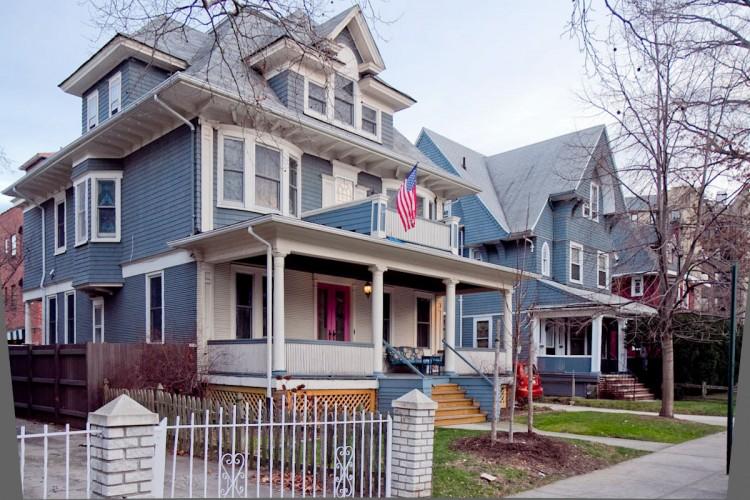The Epoch Times is featuring the six neighborhoods and their unique characteristics in a three-part series; this is the second part. Please CLICK HERE for part one.
NYC’s Top Six Neighborhoods for Historic Preservation (Part II)
New York City’s Historic Districts Council, an organization that advocates for preservation in the city, asked New Yorkers to nominate neighborhoods they feel should be top priorities for preservation.

83rd street-victorian home. Amal Chen/The Epoch Times
|Updated:






